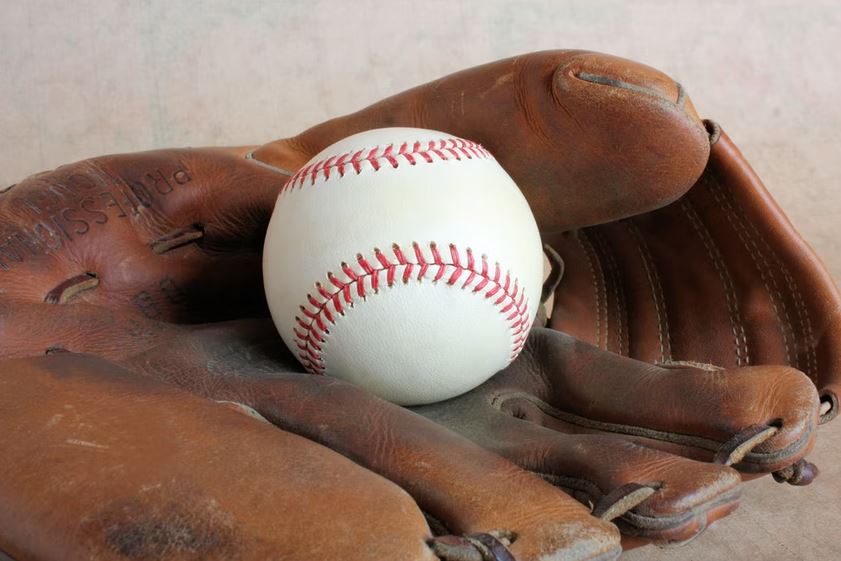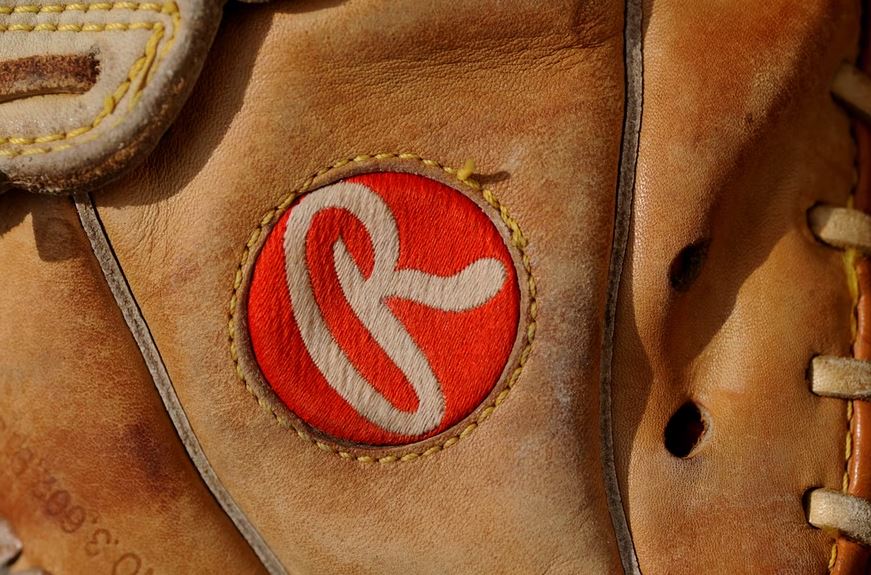There are specific items in a baseball gear that are more important than the others, and one of these items is the baseball glove. The baseball glove is primarily used to catch baseballs on the field, and although you can catch the ball with your bare hands, it wouldn’t really give you a pleasant experience since the baseball can fly quickly and can hurt your hands.
While baseball gloves are necessary to wear for baseball players today, they actually didn’t exist in the early years of the sport. To learn more about why these leather gloves for baseball are made, here is a look at the history of baseball gloves.
Gloves in the Early Years of Baseball
In the early years of baseball, it was played without gloves. A lot of baseball players during that time would often suffer from hand injuries, mainly due to the fact that baseballs are quite hard and heavy, and when it flies fast, it feels like a bullet goes straight into your hands whenever you catch it.
Doug Allison, a proficient catcher for the Cincinnati Red Stockings, is believed to have been one of the first players to use a baseball glove, specifically in 1870. However, Allison did not wear a glove to catch baseballs with better efficiency, but he wore it to protect his left hand, which was injured. The first player to use a glove to catch baseballs better was Charlie Waitt, an outfielder and first baseman from St. Louis, who wore a pair of flesh-colored gloves in 1875. From then on, more players started wearing gloves to either protect their hands or to have better efficiency in catching baseballs.
Staple Design Elements in Baseball Gloves
The popular gloves used in the early years of baseball were made of leather. These simple leather gloves also have their fingertips cut off, and this design choice was applied in order to give better control to the wearer while still having protection at the center and most parts of the hand.
Albert Spalding, a first baseman and pitcher for the Boston Red Stockings and Chicago White Stockings, helped popularize the use of gloves for infielders (as outfielders are the ones that usually wear gloves), although he was first skeptical of wearing them. Spalding would later become a co-founder of the Spalding sporting goods company, which would manufacture baseball gloves for amateur and professional baseball players.
Bill Doak, a famous pitcher for the St. Louis Cardinals, suggested in 1920 that a web made of leather should be stitched between the thumb and the pointer finger of the baseball glove. The web is supposed to create a pocket that will allow the ball to travel from the fingers to the center of the glove so that it wouldn’t fall out of the glove. Bill Doak’s design suggestion would eventually become a staple for modern baseball gloves. Doak eventually patented his design and sold it to a sporting goods company called Rawlings. With the help of Doak’s baseball gloves, Rawlings quickly became the brand of choice for many professional baseball players.
Over the years, baseball gloves have also increased in size, which is most likely due to the fact that larger gloves give players better chances of catching the ball during a game. Before the evolution of baseball gloves that have long fingers and deeper pockets, baseball players would often catch baseballs with two hands. However, when the baseball gloves grew in size, one hand was enough to catch baseballs, and the other hand would then be utilized to throw the ball. From there, it has become customary that players would wear the baseball glove on their non-dominant hand to catch the ball, while their dominant hand would remain gloveless in order to throw the ball with better efficiency and accuracy.
There was also a time when infielders and outfielders would leave their gloves on the baseball field once it was their turn to bat a ball. However, this activity became illegal in major leagues starting in 1954, and it is believed that the rule was created to avoid injuries caused by gloves that are left on the field.
Modern Baseball Gloves
Before the mass production of baseball gloves in the modern era, gloves were often made by hand. While attention to detail is often present in hand-made baseball gloves, there are often inconsistencies with their construction and the different materials used to make them. So, when it was possible for manufacturers to mass produce baseball gloves, they were able to make the production of the items more precise in terms of construction. In addition, the mass production also meant that the gloves would be more affordable and accessible to amateur players and people that want to play baseball for fun.
However, what didn’t change for the baseball gloves for many years is their core design, as it is already perfected after the application of webbing and increasing the length of the gloves’ fingers. Today, many baseball gloves are still made of high-quality leather, although they are now much more padded to give players better comfort and protection.
The modern baseball glove also has different types and variations, and each of these types is suitable for particular positions or players on the baseball field. There are gloves specifically made for infielders that are shorter in length to provide better control of the ball when transferring it to the throwing hand, and there are also gloves for outfielders with longer fingers and deeper pockets to have better catching efficiency. Pitcher’s gloves are the ones that have a closed webbing to hide the pitcher’s grip of the ball (which often tells the direction that the ball will be thrown), while the catcher’s mitts are heavily padded to protect the hands against high-speed balls thrown by the pitcher.
It is amazing how the baseball glove’s core design has remained the same over the years, although it has been improved upon using minimal design additions and better materials. If you are going to purchase a baseball glove, make sure that you get the appropriate type of glove and see if it is made with high-quality materials.



